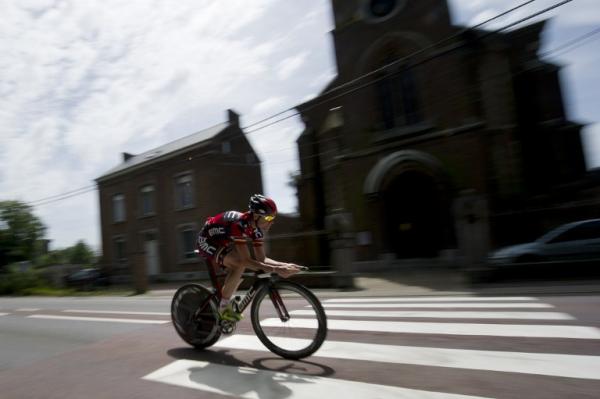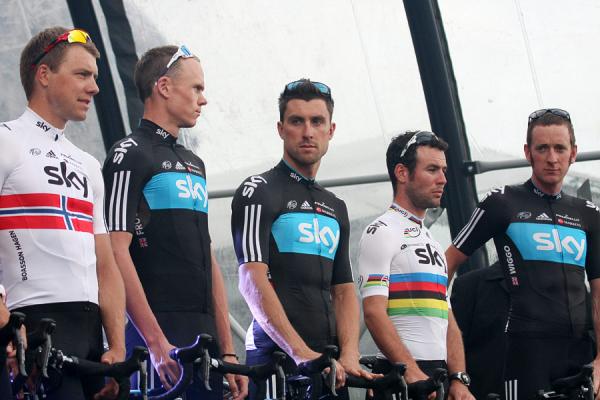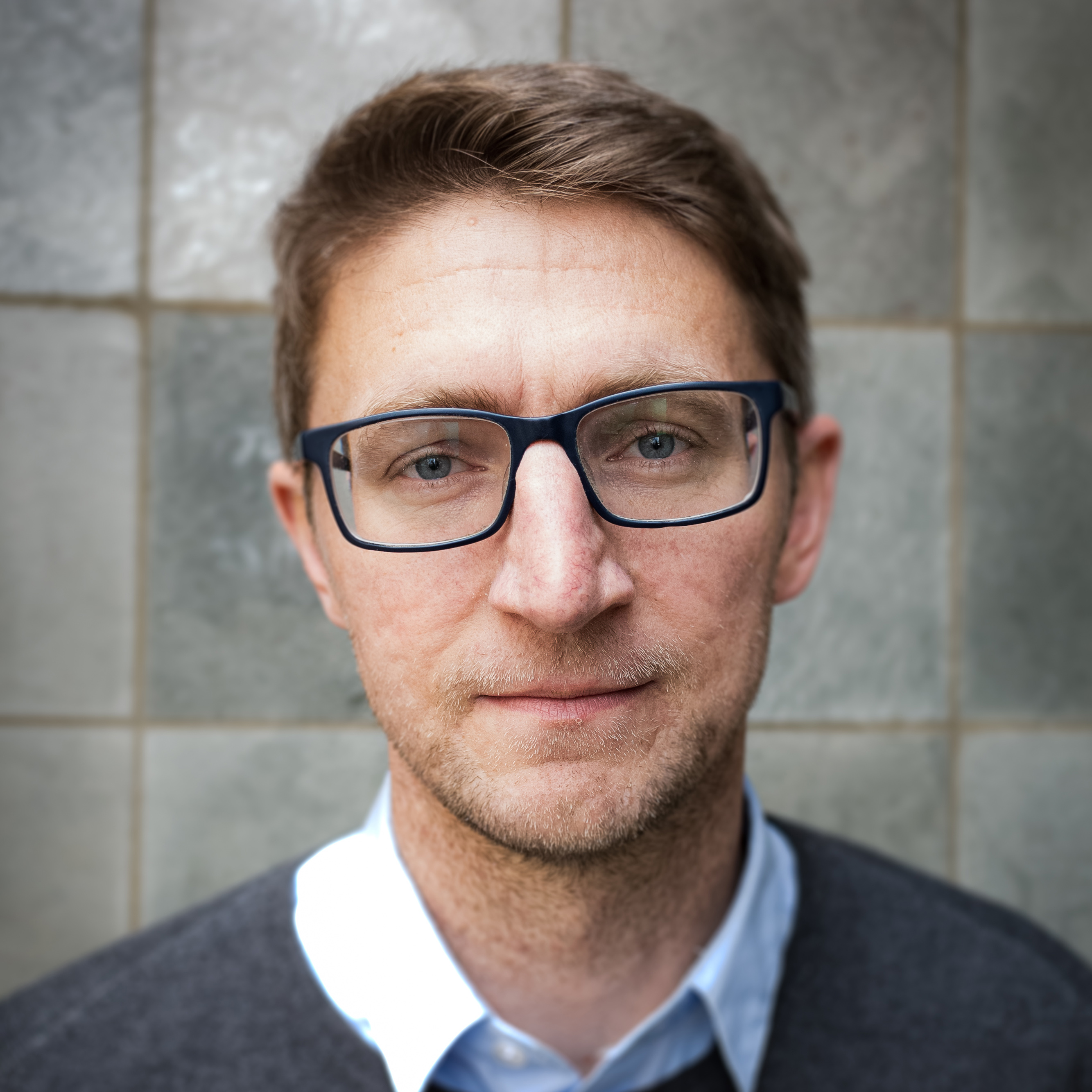2012 Tour de France - five key stages
It’s not (all) about the time trials




With shade over 100 kilometres of time trialling on the route, the 2012 Tour de France breaks with its recent sequence and tips the balance of power away from the climbers and into the hands of the rouleurs. The Tour hasn’t featured two long individual time trials since 2008 and the race hasn’t boasted this many miles against the clock since 2007. Furthermore, the past three editions of the race not only saw the amount of time trialling pared back significantly, but also saw the strategic importance of the time trial reduced to the bare minimum, with the lone long tests banished to the back end of the race, almost as an epilogue to the feature event in the mountains.
In 2012, however, the time trials return to centre stage, and they will dictate the narrative structure of this Tour. The first long time trial, at Besançon, may come after three testing days in the Vosges and Jura, but it is also a prelude to the race’s entry into the Alps, and the rouleurs should be in the ascendancy as the Tour hits the mountains proper. Rather than limiting their losses through the mountains, the likes of Bradley Wiggins (Sky) and Cadel Evans (BMC) will aim to be defending an advantage over the pure climbers, safe in the knowledge that they also still have the trump card of a 53km test at Chartres on the final weekend to play.
That said, the organisers have done their level best to balance things out by uncovering new roads and climbs that have never featured on the Tour before. The opening week is no sprinters’ benefit and features a number of deceptively difficult days that could catch overall contenders unawares, including the opening road stage to Seraing and a rugged afternoon along the coast to Boulogne sur-Mer. The new climbs of La Planche des Belles Filles, the Col du Grand-Colombier (and perhaps more importantly, its patchwork of a descent) and the Peyragudes summit finish will ask plenty of questions. It’s not all about the time trials, then, but their importance cannot be understated.
Stage 7: Saturday, 7 July. Tomblaine – La Planche des Belles Filles. 199km
The Tour’s visits to the Vosges are often an appetizer for tastier fare to follow in the Alps, but there is something a little more substantial on offer this time around thanks to the summit finish at La Planche des Belles Filles. The old cliché holds true, of course: the Tour certainly won’t be won at its first major rendezvous, but we will begin to get a much clearer idea of the big picture after the final haul to the line next Saturday.
After pushing big gears for the best part of a week, riders often suffer when they switch to the little ring on the first mountain stage, but at least they have a relatively gentle introduction here and the 3rd category climbs of the Col de Gross Pierre and the Col du Mont de Fourche certainly shouldn’t trouble the overall contenders. Their day is all about the final haul to La Planche des Belles Filles, which makes it Tour de France debut.
Just 6 kilometres in length, the climb doesn’t rival the passes of the Alps and Pyrenees for height, but it beats most of them for steepness, with an average gradient of 8.5%. Tour debutant Thibaut Pinot (FDJ-BigMat) hails from nearby Mélisey, and he informs us that the slopes – although testing – are quite uniform. The lack of changes in rhythm thus means it’s unlikely that there will be any significant gaps opened between the overall contenders, but the road does briefly kick up to a dizzying 20% in the final 500 metres. There’s nowhere to hide on a slope like that, and it’s a real chance for some early psychological point scoring.
The latest race content, interviews, features, reviews and expert buying guides, direct to your inbox!
Stage 9: Monday, 9 July. Arc-et-Senans – Besançon. 41.5km (Individual time trial)
Raised on a steady diet of 25-mile time trials as a teenager, the Besançon time trial should be ideally suited to the talents of Bradley Wiggins (Sky), even if, unlike those British tests of his youth, this 41.5km course is a technical affair rather than a straightforward drag strip along a dual carriageway. That said, Wiggins 2.0, the slender behemoth spawned in 2009 and since incubated at Sky, is more than capable of dealing with the rolling circuit, and he and his team will expect to be in a commanding position as the Tour heads into its first rest day.
On the evidence of the Critérium du Dauphiné, the stage victory and yellow jersey combination is an eminently achievable goal for Wiggins, although both Tony Martin (Omega Pharma-QuickStep) and Fabian Cancellara (RadioShack-Nissan) will be tempering their time trialling steel ahead of the London 2012 Olympics and ought to be far sharper than they were in June. No matter, Wiggins’ chief goal will be to put as much time as he possibly can into the other contenders for overall victory, such as Cadel Evans (BMC), Fränk Schleck (RadioShack-Nissan) and Vincenzo Nibali (Liquigas-Cannondale).
While most contenders expect to cough up significant time to Wiggins, his duel with Evans is going to be fascinating. After nearly catching the Australian in a longer test at the Dauphiné, Wiggins is the overwhelming favourite to force Evans onto the back foot ahead of the Alps here. If he does so, then the script for the following two weeks is set up precisely as we expect it – Sky and Wiggins looking to control affairs, with Evans waging guerrilla warfare wherever he can.
A month on from the Dauphiné, however, Evans should be improved, particularly if he has righted the technical problems that allegedly beset him in Bourg-en-Bresse in June. A hugely consistent performer in Tour time trials over the years, Evans will quietly back himself to at least limit any losses to Wiggins to a minimum. If he fares any better, then he is into bonus territory and Sky may be forced to ad lib more than they would like.
Stage 11: Thursday, 12 July. Albertville – La Toussuire-Les Sybelles, 148km
One of the more intriguing rumours doing the rounds at last year’s race was the possibility that ASO was considering marking the one hundredth edition of the Tour in 2013 by limiting the peloton to 100 riders and running each stage over a distance of 100km. While this fanciful idea apparently never made it past brainstorming (to quote the great Jack Donaghy, “there are no bad ideas in brainstorming”), it is indicative of how shorter mountain stages are increasingly en vogue at Issy-les-Moulineaux.
Last year’s Tour produced a miniature epic with the 115km stage to Alpe d’Huez two days before the finish, and Jean-François Pescheux et al may well have had that in mind when they drew up this short but perfectly-formed Alpine stage. No fewer than four mountain passes are shoehorned into the stage’s 148 kilometres, with scarcely a metre of flat to be found once the peloton eases gingerly away from Albertville, with the previous day’s ascent of the Col du Grand Colombier already weighing heavily in their legs.
The first pass on the agenda is the mighty Col de la Madeleine, which drags up for an interminable 25.3km at a gradient of 6.2%. This is where the whittling down process will begin, with the selection coming from the back, while the similarly mammoth Col de la Croix de Fer (22.4km at 6.9%) should force a more significant selection in the front group. If the Dauphiné is anything to go by, and assuming Wiggins’ time trial went to plan, Sky’s men in black should be the ones forcing the agenda here, denying breathing space to any dangerous breakaways.
The short Col du Mollard (5.7km at 6.8%) follows but the final haul to La Toussuire (18km at 6.1%) will be the scene of the real fireworks. Riders like Samuel Sanchez (Euskaltel-Euskadi), Jurgen Van Den Broeck (Lotto Belisol) and Robert Gesink (Rabobank) will surely view this stage as an opportunity to peg back some time on the best time triallists, but the gradient rarely bites as much as they would like on this steady climb, and there is even a kilometre-long false flat halfway up. When the Dauphiné came here on its final stage in 2011, the yellow jersey Wiggins was able to control affairs and secure overall victory and he’ll be hoping to repeat the feat here.
Stage 16: Wednesday, 18 July. Pau – Bagnères-de-Luchon. 197km
In spite of the plethora of new climbs that pepper the route, the irony is that this Tour could yet be decided on roads that have featured in the race for over a century. The arduous path from Pau to Luchon is a well-beaten one and the string of passes that make up the feared “Circle of Death” are the basis of this quintessential Pyrenean stage. Indeed, the fearsome quartet of Aubisque, Tourmalet, Aspin and Peyresourde are combined for only the sixth time in Tour history – after 1938, 1949, 1980, 1983 and 1998, the peloton once again tackles the full house of pain.
Hostilities begin on the Col d’Aubisque (16.4km at 7.1%), the evocative gateway into what, in Tour terms, amounts its holiest ground. Given the length of the stage, there is unlikely to be any significant movement among the overall contenders at this early juncture, but by the summit of the other-worldly Tourmalet (19km at 7.4%), the day’s efforts will be beginning to tell. A day like this is all about shipping the repeated punishment meted out by the passes and then seizing what opportunities arise later, and openings should begin to appear on the Col d’Aspin (12.4km at 4.8%) and especially the final climb of the Peyresourde (9.5km at 6.7%).
The Peyresourde sharpens considerably near the summit, with the road regularly pitching up to 10% inside the final 3 kilometres, an ideal springboard for those who can muster up the strength or the inspiration. Perhaps equally importantly, the treacherous descent to Bagnéres-de-Luchon adds a further complication to a trying stage. The one chink apparent in Wiggins’ armoury at the Dauphiné was his descending – Evans, Nibali et al may well look to Marco Pantani’s plunge down the Peyresourde in 1998 as a template for putting a rouleur (on that occasion Jan Ullrich) into difficulty.
Wiggins, meanwhile, might find inspiration from the 1983 stage over the same roads, when his fellow Briton Robert Millar won a classic edition of the set-piece Pyrenean stage by pursuing Patrocinio Jiménez on the Tourmalet, and then dropping him on the Peyresourde. In any case, Sky’s very modern philosophy – the marginal gains, the secluded Mount Teide training camps, the catenaccio (or perhaps tiki taka) approach to stage racing – could well face its most robust test on the Tour’s most august roads.
Stage 19, Saturday 21 July, Bonneval – Chartres, 53.5 km
Christian Prudhomme has repeatedly billed this year’s Tour as a delicately-poised battle between the mountain specialists and the rouleurs, and his dream scenario at this point would be for a climber to yellow with a slew of time triallists primed to try and take it off him on the pan flat road to Chartres. But then, that was already the situation in 2011 in Grenoble, and the respective performances of Andy Schleck and Cadel Evans in the opening five kilometres quickly doused any lingering suspense. In Schleck’s absence, and with his brother Fränk adamant that he has peaked too soon, this year might instead see a straight out fight between more evenly-matched rouleurs in the shadow of Chartres’ striking Gothic cathedral.
As the Tour begins, the men most likely to be in the box seat by the time we reach Bonneval are Evans and Wiggins, although as both know only two well, any number of slings and arrows of outrageous fortune can be suffered over the course of three weeks in July. If either man falters, the likes of Levi Leipheimer (RadioShack-Nissan), Denis Menchov (Katusha) or Nibali could be poised to either take or defend yellow.
Should Wiggins be within striking distance of yellow, however, it is tempting to assume that he will deliver, given his emphatic victory over effectively the same distance at the Dauphiné. But some 53 kilometres time trials are more equal than others, and there is a world of difference between competing over the distance four days into a stage race like the Dauphiné or after three weeks of the Tour de France.
Indeed, this is precisely the area Evans improved last year, after the disappointments of 2007 and 2008. In the Grenoble time trial at the 2011 Dauphiné, he finished 1:20 off Tony Martin, but over the exact same course at the Tour six weeks later, he was just 7 seconds behind the German. Consistent in all disciplines without being dominant in any particular one, perhaps Evans’ greatest gift is his ability to recover day in, day out, over three weeks of racing in the white heat of July. For Wiggins – or anyone else – to strip Evans of his title, this is where they must match him. Regardless of the route, July is governed by the law of the strongest.

Barry Ryan was Head of Features at Cyclingnews. He has covered professional cycling since 2010, reporting from the Tour de France, Giro d’Italia and events from Argentina to Japan. His writing has appeared in The Independent, Procycling and Cycling Plus. He is the author of The Ascent: Sean Kelly, Stephen Roche and the Rise of Irish Cycling’s Golden Generation, published by Gill Books.